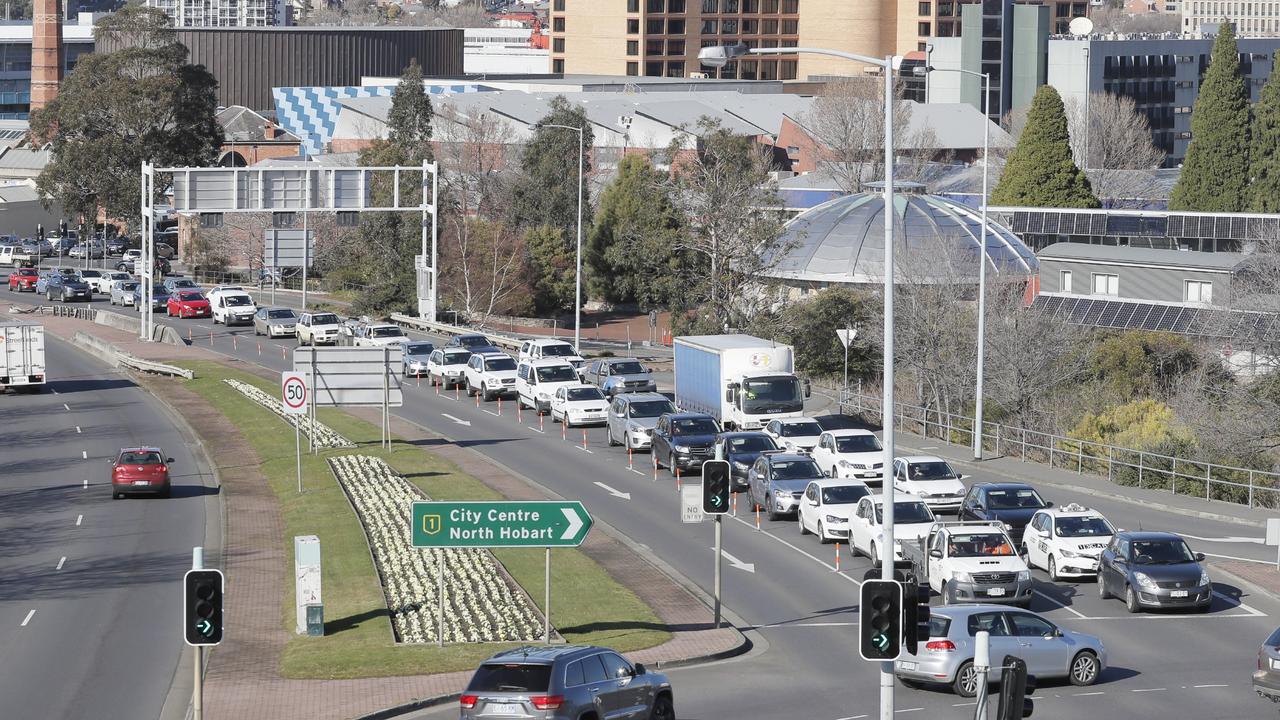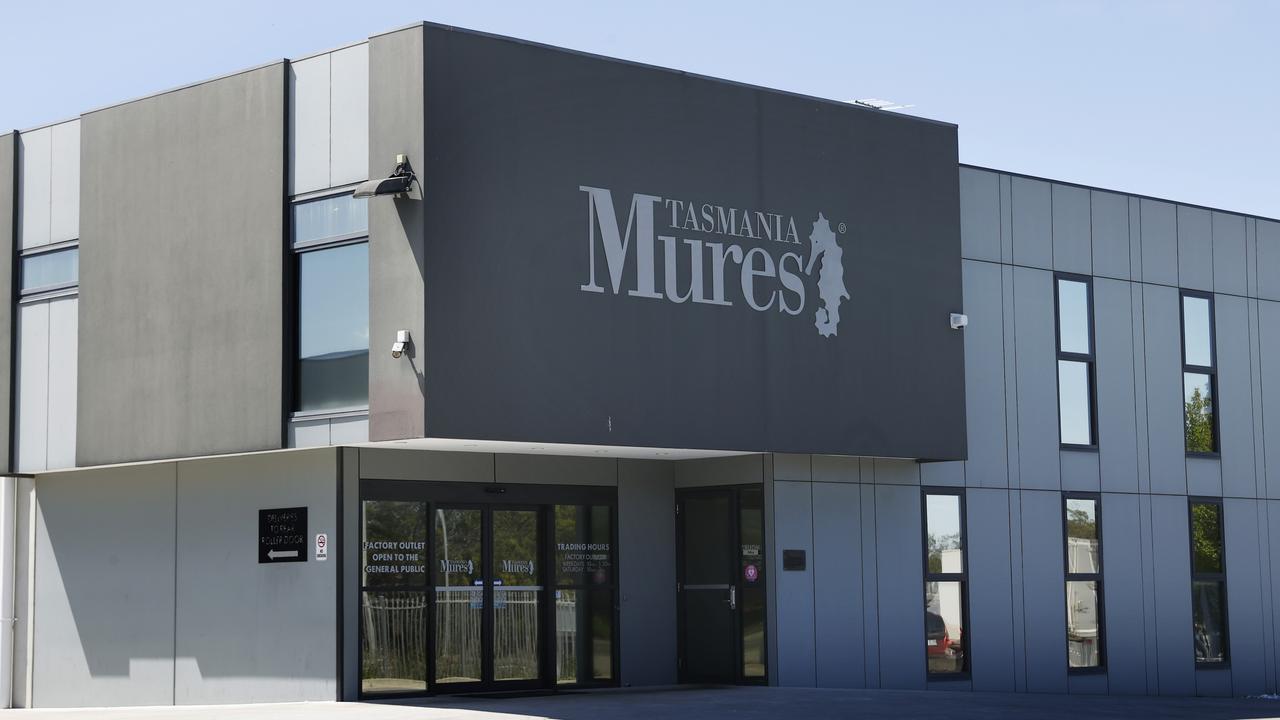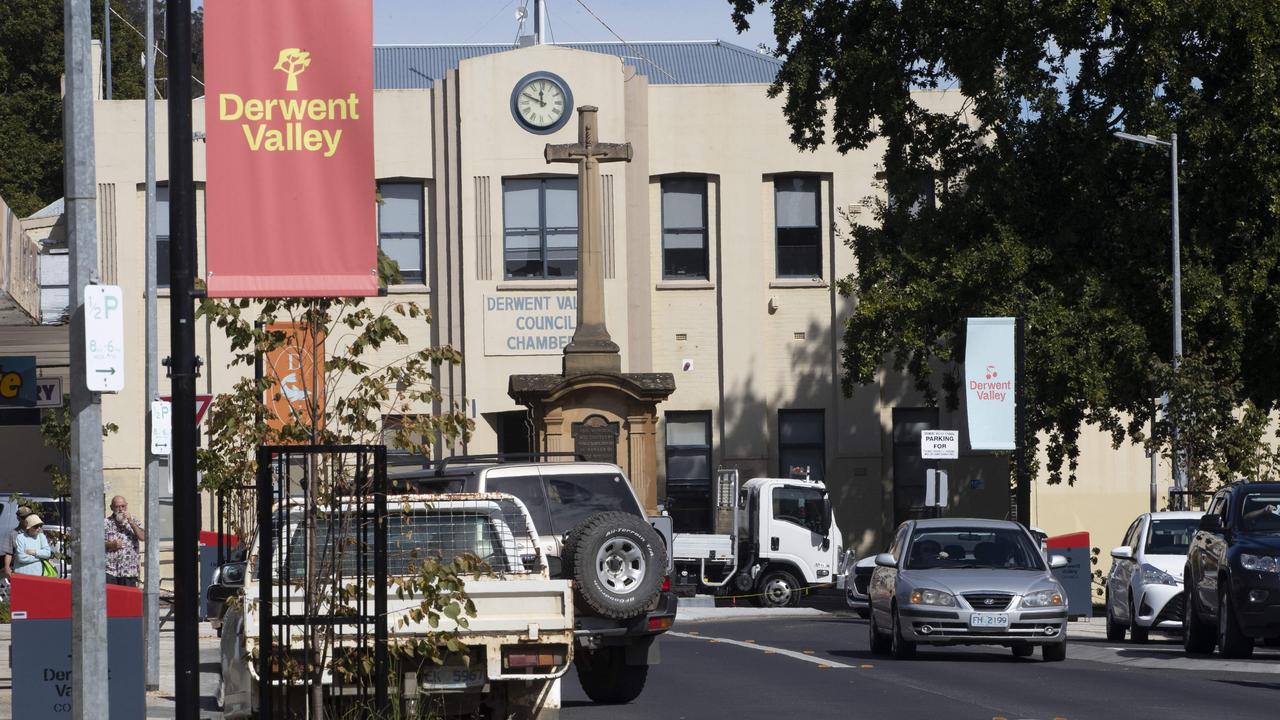On-Road Traveller Information System: Electronic signs to be installed on key arterial roads
Digital overhead signage will soon be rolled out across major roads in Greater Hobart, displaying traffic disruptions and expected travel times – but not everyone thinks it’s a good idea.

Tasmania
Don't miss out on the headlines from Tasmania. Followed categories will be added to My News.
Electronic signage displaying traffic conditions and expected travel times will soon be rolled out across key locations in Hobart – but the initiative has been described by one MP as a “Band-Aid solution” to the city’s congestion woes.
It comes after a truck rollover resulted in the temporary closure of the Tasman Bridge earlier this month, grinding traffic in the Greater Hobart area to a near standstill for hours.
The State Growth Department has advertised the On-Road Traveller Information System (OTIS) for tender, seeking a contractor to supply the equipment and construction services for the project.
Jointly funded by the Tasmanian and federal governments as part of a $23m Intelligent Transport System initiative, OTIS has been designed to improve the management of arterial roads and make the process of commuting smoother for motorists.

It will involve the installation of digital overhead signs across 12 locations, including sections of Davey St, the Brooker Hwy, Tasman Hwy, Huon Hwy, East Derwent Hwy and the Southern Outlet.
The signs will communicate messages to road-users in real time, advising them of changed traffic conditions due to weather, crashes or other unplanned incidents. When not being used for incident response, expected travel times to key destinations and road safety messages will be displayed on the signs.
CCTV cameras will also be installed in two locations that are yet to be determined, with the information gathered to be used only for the purpose of monitoring traffic and road conditions.

A State Growth spokesman said the cost of OTIS would be determined through the tender process and funding would be split evenly between the two levels of government.
“Locations [for the signs] have been chosen through traffic modelling and analysis as areas which experience higher rates of congestion, crashes or other disruption,” he said.
“Currently the focus is on rolling out the system on key arterials across the Greater Hobart area.”
Clark independent MP Kristie Johnston is not convinced OTIS will fix traffic congestion, saying the state government should be doing more to address the problem.
“Yet again we see the government slapping another Band-Aid on Greater Hobart’s traffic issues,” she said.
“While real time information about traffic conditions will update motorists about the delays they are experiencing, it won’t fix the actual congestion.
“It’s time the government invested seriously in public transport like ferries and light rail to provide a convenient alternative to the car. Only then will we see traffic conditions improve.”
More Coverage
Originally published as On-Road Traveller Information System: Electronic signs to be installed on key arterial roads









